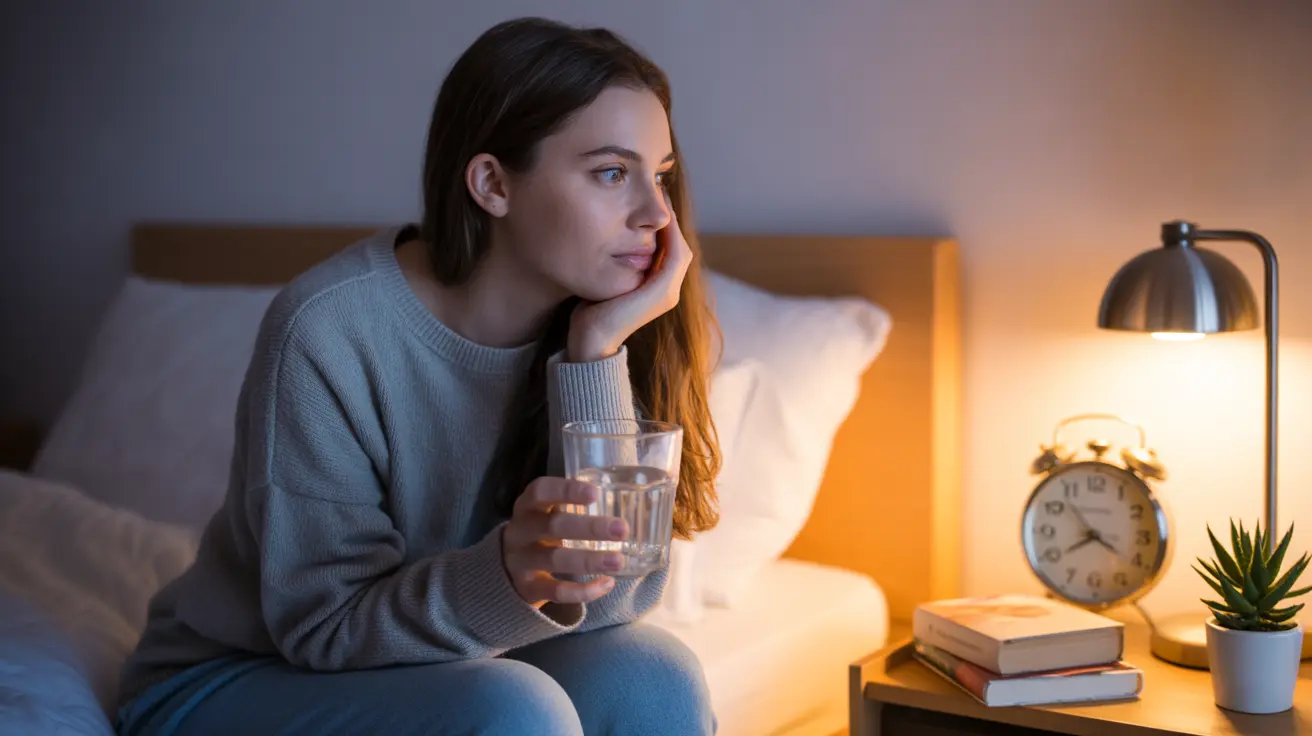Understanding when to take famotidine (Pepcid) can significantly impact its effectiveness in managing acid reflux and heartburn symptoms. While this medication can be taken at various times throughout the day, taking famotidine at night offers several distinct advantages for symptom control and overall digestive health.
Many people experience their worst acid reflux symptoms during the night, making evening dosing particularly beneficial. Let's explore why nighttime administration of famotidine can be especially effective and how to optimize its use for maximum relief.
How Nighttime Famotidine Works
Famotidine belongs to a class of medications called H2 blockers, which work by reducing stomach acid production. When taken at night, it helps maintain lower acid levels during sleep, when reflux symptoms often intensify.
The medication works by blocking histamine receptors in the stomach, which normally trigger acid production. By maintaining this blockade overnight, famotidine helps prevent the discomfort of nighttime acid reflux and allows for more restful sleep.
Benefits of Evening Dosing
Taking famotidine at night provides several key advantages:
- Reduced nighttime acid production
- Better protection against nocturnal reflux
- Improved sleep quality
- Decreased risk of morning symptoms
- Enhanced overall symptom control
Evening administration is particularly beneficial because lying flat during sleep can make acid reflux worse. Having medication active during this vulnerable period helps prevent uncomfortable symptoms that might otherwise disturb your rest.
Optimal Timing for Nighttime Doses
The most effective timing for taking famotidine at night typically depends on your eating schedule and symptom patterns. For best results, consider these guidelines:
Before Dinner
Taking famotidine 15-30 minutes before your evening meal can help prevent post-meal reflux while ensuring protection throughout the night. This timing works well for people who tend to experience symptoms shortly after eating.
Before Bedtime
If your reflux symptoms primarily occur during sleep, taking famotidine about an hour before bedtime may be more beneficial. This ensures peak effectiveness during the critical overnight period.
Maximizing Effectiveness
To get the most benefit from nighttime famotidine use, consider these additional strategies:
- Wait at least 2-3 hours after eating before lying down
- Elevate the head of your bed
- Avoid trigger foods in the evening
- Maintain a consistent dosing schedule
- Don't eat large meals close to bedtime
Frequently Asked Questions
Why is it recommended to take famotidine at night for acid reflux and heartburn?
Taking famotidine at night is recommended because acid reflux symptoms often worsen during sleep. The medication can effectively reduce nighttime acid production when symptoms are typically most severe, helping prevent sleep disruption and providing better symptom control.
How does famotidine work to relieve nighttime acid reflux symptoms?
Famotidine works by blocking histamine receptors in the stomach that trigger acid production. When taken at night, it maintains lower acid levels during sleep, when lying flat can make reflux symptoms worse.
When is the best time to take famotidine to prevent nocturnal heartburn?
The best time is either 15-30 minutes before your evening meal or about an hour before bedtime, depending on when you typically experience symptoms. Consistency in timing helps maintain steady acid control.
Can taking famotidine at night improve sleep quality for people with GERD?
Yes, taking famotidine at night can improve sleep quality for people with GERD by reducing acid reflux symptoms that might otherwise interrupt sleep. This leads to more restful nights and better symptom management.
What are the benefits of taking famotidine before an evening meal compared to other dosing times?
Taking famotidine before an evening meal helps prevent post-meal reflux while ensuring protection throughout the night. This timing can be particularly effective for those who experience symptoms shortly after eating and need coverage during sleep.




